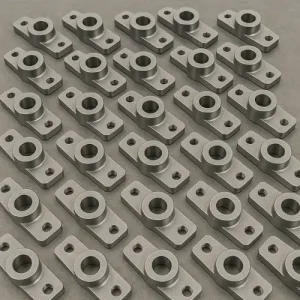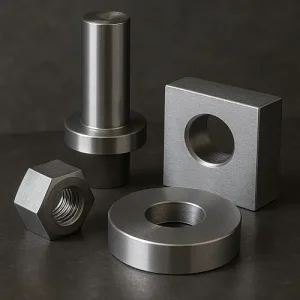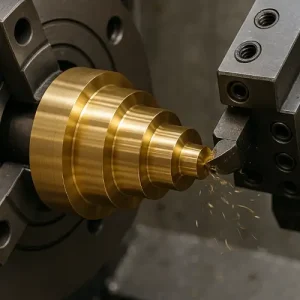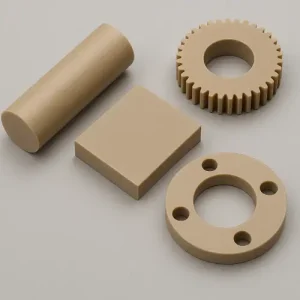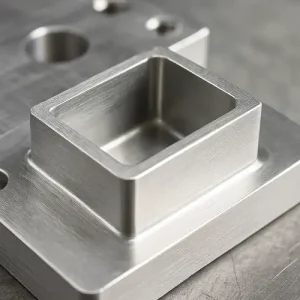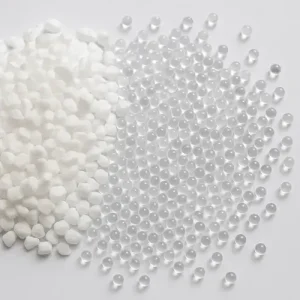What Drives the Cost of Low-Volume CNC Machining
When requesting a quote for low-volume CNC machining, many buyers have the same reaction: the quantity is small, so why isn’t the price low?
This is a common question—and a reasonable one. The answer lies in how cost behaves in small batch production, where preparation and process control matter far more than part count.
Low-volume …


